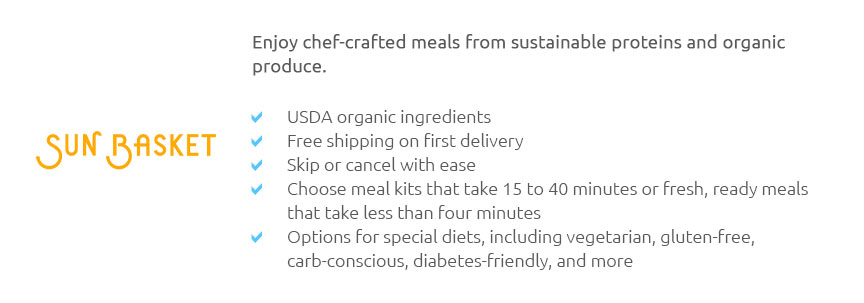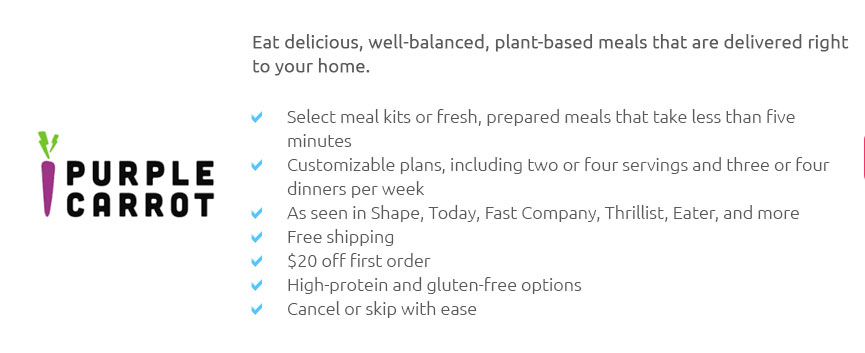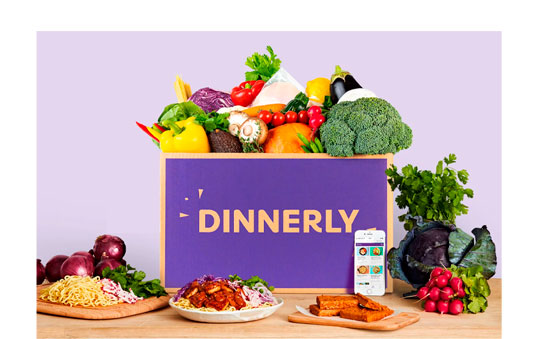 |
 |
 |
|---|
 |
|---|
 |
||||||
|---|---|---|---|---|---|---|
|
||||||
 |
 |
|||||
 |
 |
|||||
 |
 |
|||||
 |
 |
|||||
 |
 |
|||||
 |
 |
|||||
 |
 |
|||||
 |
 |
|---|
Exploring the Evolution and Impact of Online Meal Delivery ServicesIn the bustling realm of modern conveniences, few services have seen such meteoric rise and profound impact as online meal delivery. This phenomenon, rooted in the rapid advancements of technology and the shifting preferences of consumers, has revolutionized the way we think about dining. The concept, while seemingly straightforward, is a complex tapestry of logistics, technology, and consumer demand, all woven together to create an industry that is both dynamic and transformative. Historical Context: The genesis of meal delivery can be traced back to the simple takeout services of local restaurants. However, it was the advent of the internet and smartphones that truly catalyzed its evolution. The early 2000s saw the emergence of dedicated platforms that began to streamline the process, offering a seamless experience for users. By leveraging technology, these platforms not only connected customers with their favorite local eateries but also expanded the culinary landscape, bringing diverse cuisines to doorsteps with unprecedented ease. Technological Innovations: At the heart of online meal delivery is a sophisticated network of applications and algorithms designed to optimize every facet of the process. From user-friendly interfaces that allow for easy navigation to advanced GPS systems that ensure timely delivery, technology plays a pivotal role. The integration of AI has further enhanced these platforms, enabling personalized recommendations and improving efficiency through predictive analytics. The Consumer Perspective: For consumers, the allure of meal delivery services lies in their convenience and variety. The fast-paced nature of contemporary life often leaves little time for traditional cooking, and these services offer a viable alternative. With just a few clicks, a plethora of dining options becomes available, catering to diverse dietary preferences and schedules. Furthermore, the transparency in reviews and ratings empowers consumers to make informed choices, fostering a competitive environment that encourages quality and innovation among service providers. Challenges and Criticisms: Despite its many advantages, the online meal delivery industry is not without its challenges. Concerns about sustainability, particularly regarding packaging waste, have prompted calls for more eco-friendly practices. Additionally, the treatment of delivery personnel, who are often at the frontline of this service, has come under scrutiny, with debates surrounding fair compensation and working conditions. These issues underscore the need for ongoing dialogue and reform within the industry. The Future Outlook: Looking ahead, the future of meal delivery appears promising, yet it is one that will require adaptability and innovation. As technology continues to evolve, so too will consumer expectations. Emerging trends such as drone deliveries and autonomous vehicles hint at a future where efficiency and speed are taken to new heights. Moreover, the integration of more sustainable practices will likely become a focal point, driven by both consumer demand and regulatory pressures. Conclusion: In summary, online meal delivery services have fundamentally altered the dining landscape, providing a convenient and varied alternative to traditional dining experiences. While challenges remain, the potential for growth and improvement within the industry is immense. As we continue to embrace this culinary revolution, it is essential to address its shortcomings while celebrating its successes, ensuring that it remains a viable and beneficial option for all stakeholders involved. https://www.homechef.com/?srsltid=AfmBOopbR46XNhf5611xXEqLJTNi73ByMAoQoA_QJD3EVoOytxcFGcSZ
Home Chef brings pre-portioned ingredients to your door in an insulated box so everything stays fresh and delicious. https://www.bonappetit.com/story/best-meal-delivery-services?srsltid=AfmBOorY3Vt7mPWLms-MoReef4S3K9jadfzcVfDboXXi1S3ApvRLyF74
Purple Carrot is one of the most user-friendly meal kits I've tried. The process is incredibly simple: just pick how many meals you want per ... https://www.blueapron.com/?srsltid=AfmBOopXRX2kIO5O6Duhy7YjOCFP65J7AsUaV37kz4-dodjO1cwLyA8J
Discover affordable culinary delights with Blue Apron's meal kits and prepared & ready meals now featuring the same fresh ingredients you love.
|
|---|


